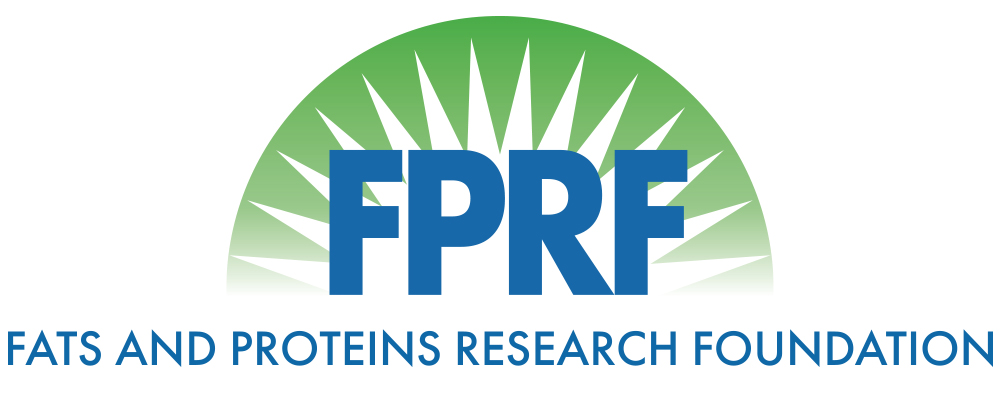Modified Natural Materials for Rendering Applications
Date: February 24, 2017
Principal Investigators: Daniel C. Whitehead and Frank Alexis, Clemson University
Keywords: Nanocrystals, Rendering Odors, Malodorants
Summary:
This project continued our prolonged efforts toward the development of new functional materials for technologies to reduce odor emissions from the rendering industry. At the beginning of our work with FPRF, the main target of this work was to develop engineered, biodegradable poly(lactic acid) (i.e. PLA) nanomaterials whose surface could be decorated with appropriate reactive sites (i.e. functional groups) that would, in turn, capture or destroy malodorous volatile organic byproducts of rendering processes. Briefly, by decorating the nanomaterials with appropriate reactive sites, offending volatile byproducts were absorbed by the formation of either ionic or covalent bonds. In this manner, the malodorants were chemically modified so as to both harness them onto the biodegradable materials for disposal and to render them less odorous. With previous FPRF funding, we successfully developed bench-scale technology that is capable of capturing targeted odorants associated with rendering processes.
We have also parlayed FPRF support into further support from Clemson University Research Foundation in order to pursue scale-up and further optimization of our first-generation materials and subsequent iterations. So far, this study has served as a proof-of-concept exercise that unequivocally demonstrates that functionalized biodegradable poly(lactic acid) nanomaterials have the potential to become a next-generation strategy for odor remediation in the rendering industry. The materials work well for their intended purpose, and we have learned a lot about strategies for engineering novel materials for odor capture. Along the way, our extensive exploration of our first-generation polymeric materials based on the PLA platform has also uncovered some drawbacks that must be addressed on the way to a scalable product that can be applied at rendering facilities. The disadvantages of our first-generation materials include the difficulty of synthesis, expense, batch-to-batch variation, difficulty scaling, and less than optimal thermal stability.
In an effort to address all of these issues, our 2016 ACREC/FPRF proposal sought to build upon our previous successes in order to parlay what we have learned during the investigation of our first-generation materials into new strategies for the functionalization of cheaper, more-robust natural materials including cellulose and aluminosilicate clay substrates. As such, we successfully developed strategies for the modification of the much cheaper cellulose and clay platforms and have demonstrated that they are capable of capturing rendering malodorant VOCs. Importantly, these materials are easier to synthesize at a fraction of the cost. This proposal sought to expand upon these new, cheaper materials in order to 1.) further improve and vet their performance in malodorant VOC capture, 2.) evaluate their potential for rendering wastewater purification, and 3.) prepare related cellulose/clay platforms for the remediation of pesticide residue in rendered fats.
This long-term project has the potential to be very beneficial to the rendering industry. First, we are very close to realizing our goal of developing a scalable, cheap material for a next-generation alternative to established methods for odor remediation. In this context, the materials described herein might present several uses in an industrial setting. The materials could be employed as a rapid-use odor adsorbent in an emergency or spill situation. Further, the materials could, in principle, be incorporated into existing odor remediation equipment as an added means for odor elimination. The obvious long-term goal would be to develop an appropriate formulation of nanomaterials that would compete with or ideally supplant existing odor elimination measures.
The potential also exists to apply our materials in other settings in the rendering industry in the context of wastewater purification. Aim 2 of this proposal sought to evaluate that potential.
Finally, our methods of preparation are modular, and thus may also be applicable to other uses including pesticide remediation from rendered fats, a strategy that was explored in the third aim of this proposal.
